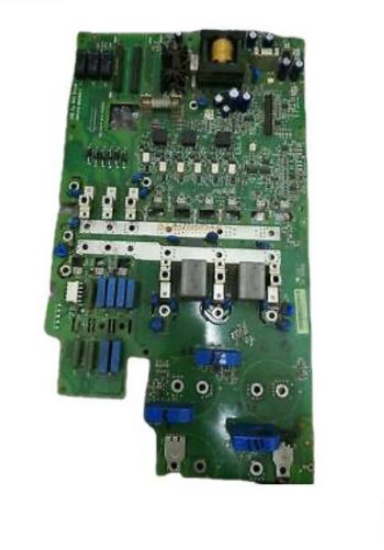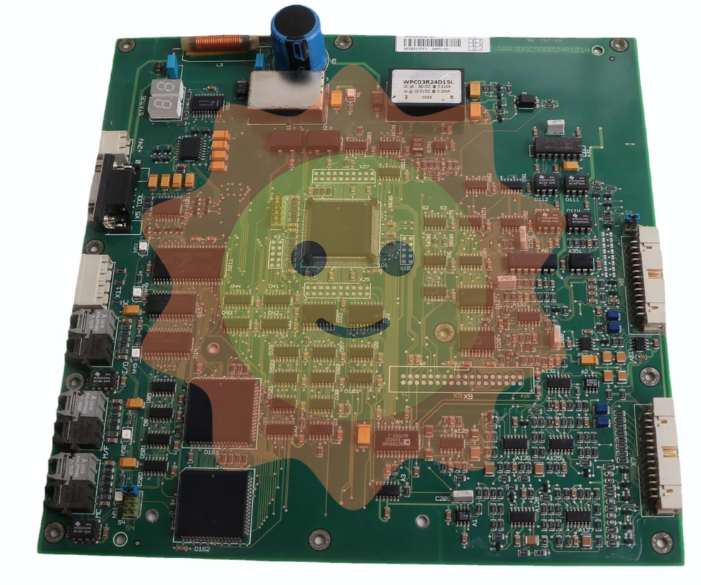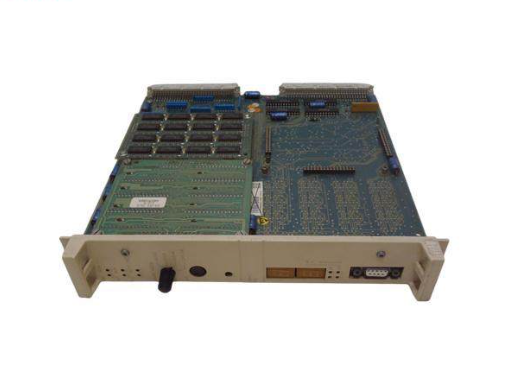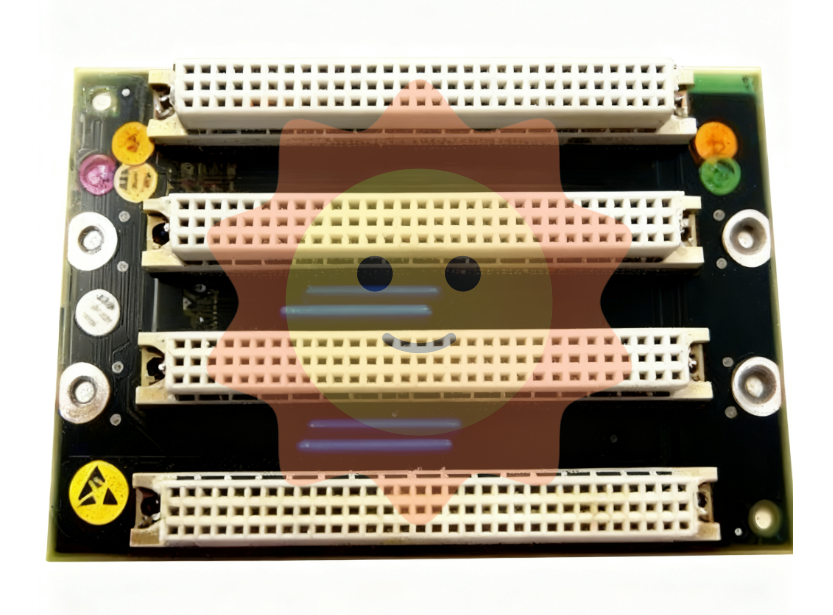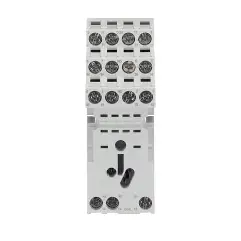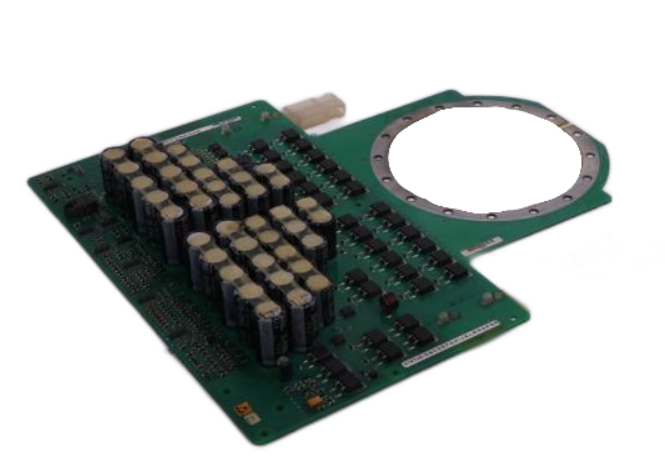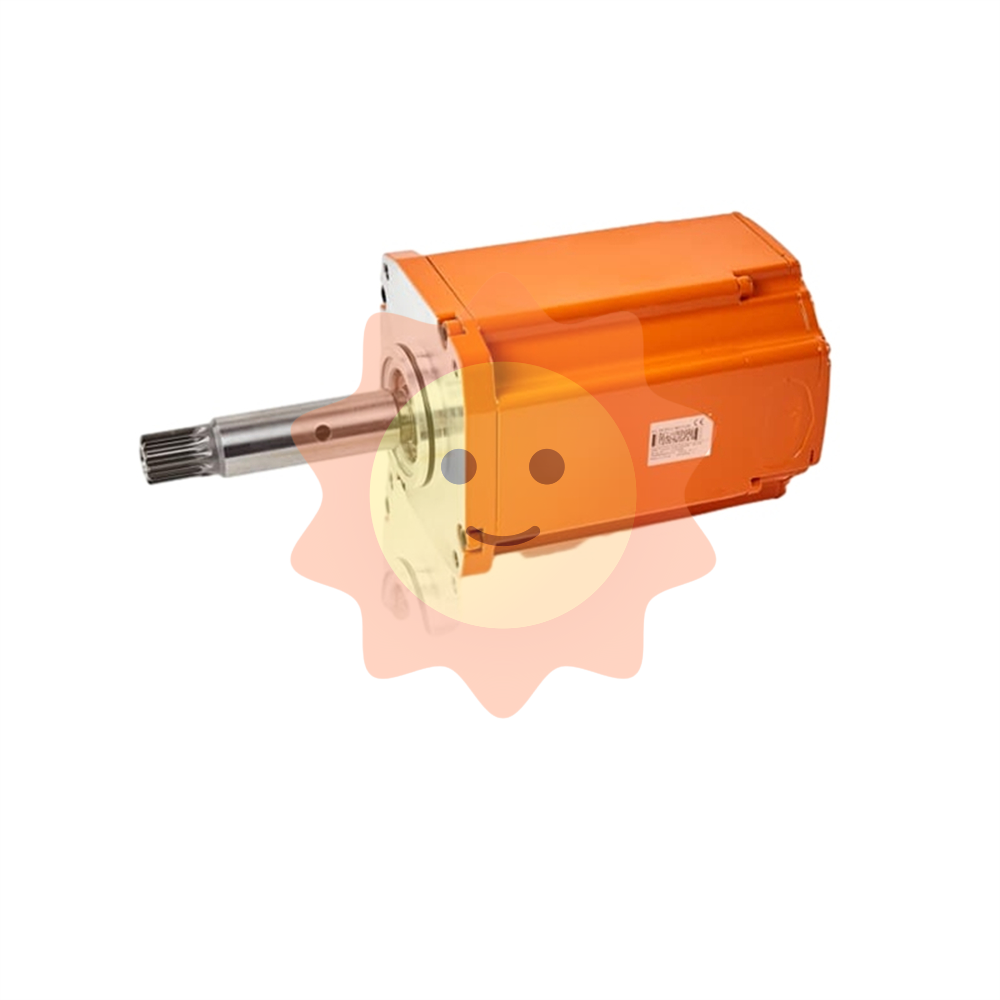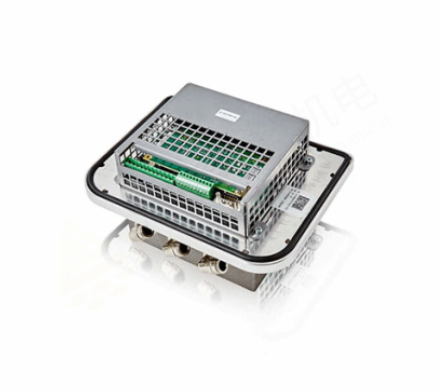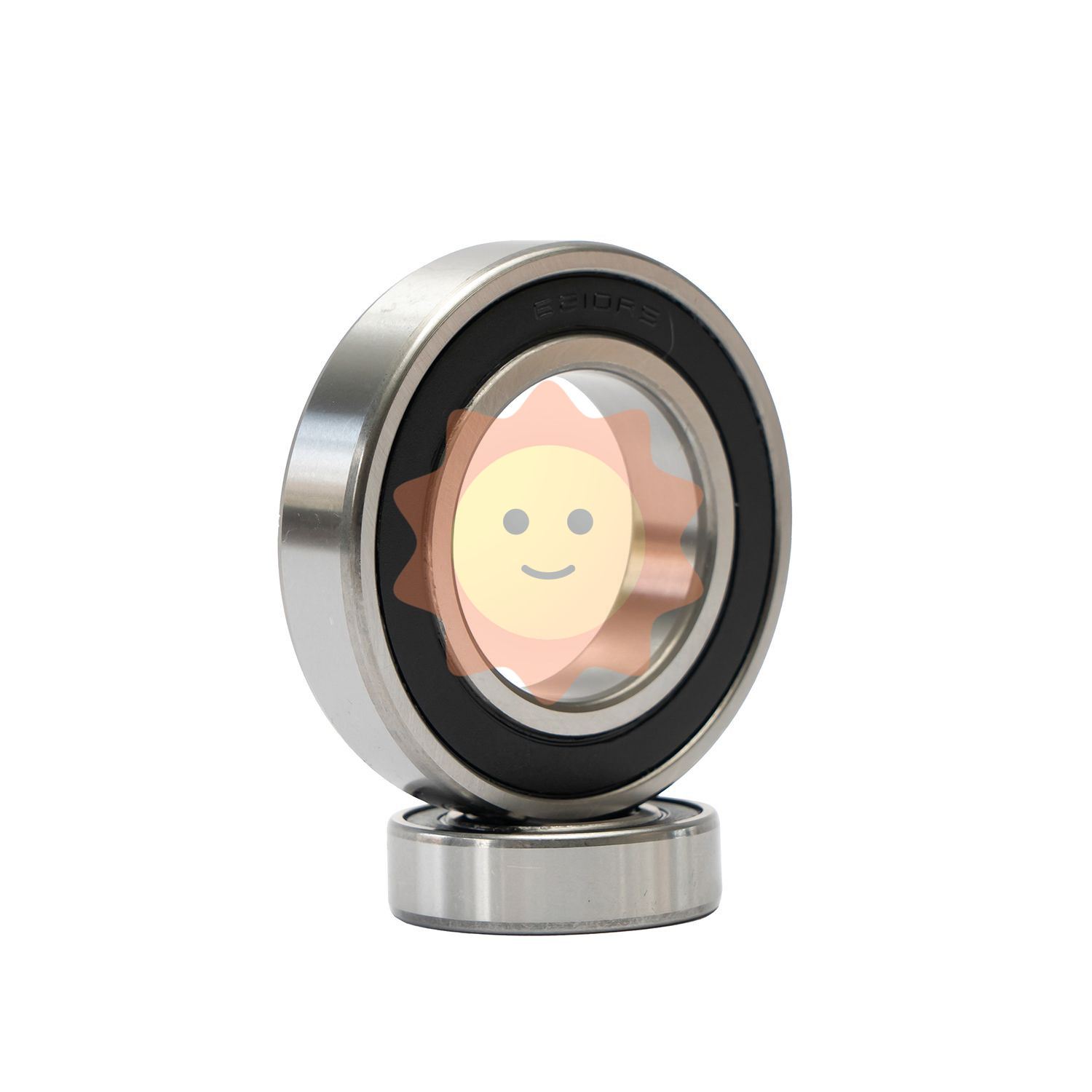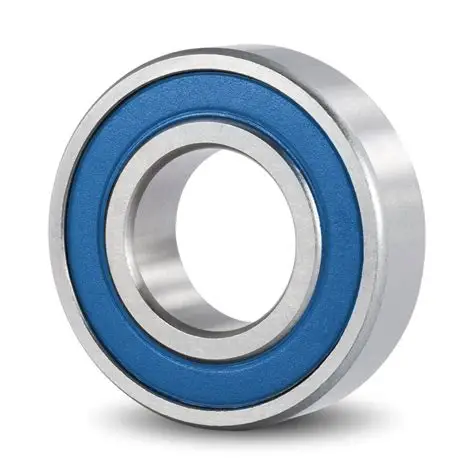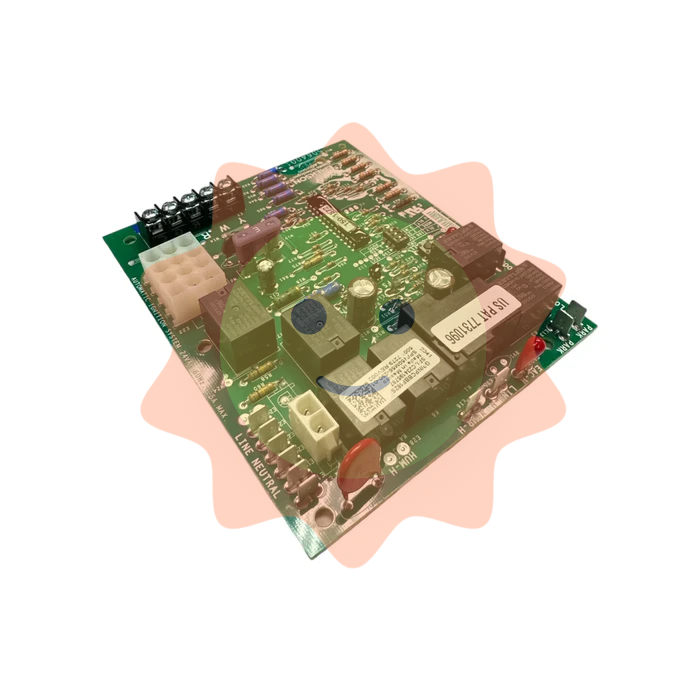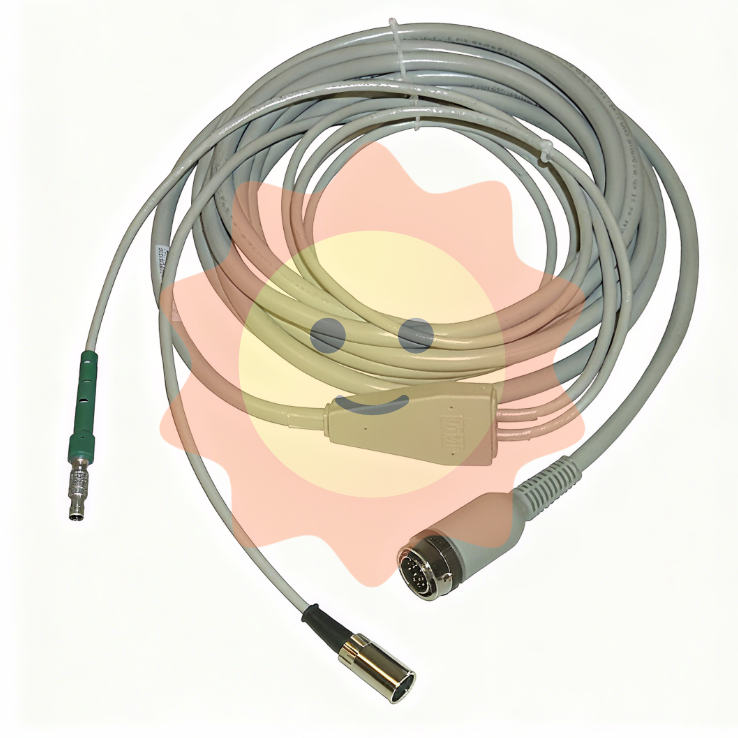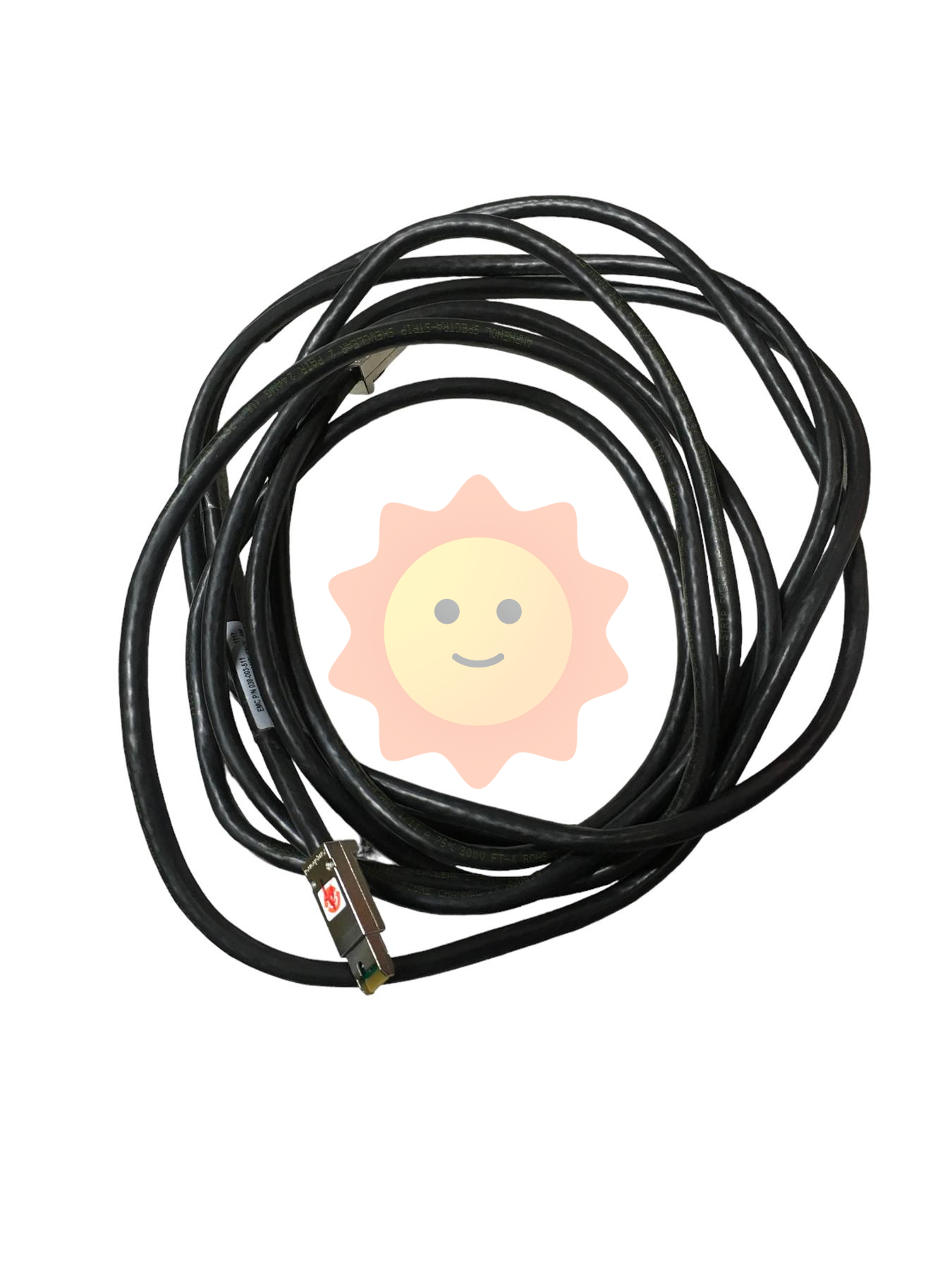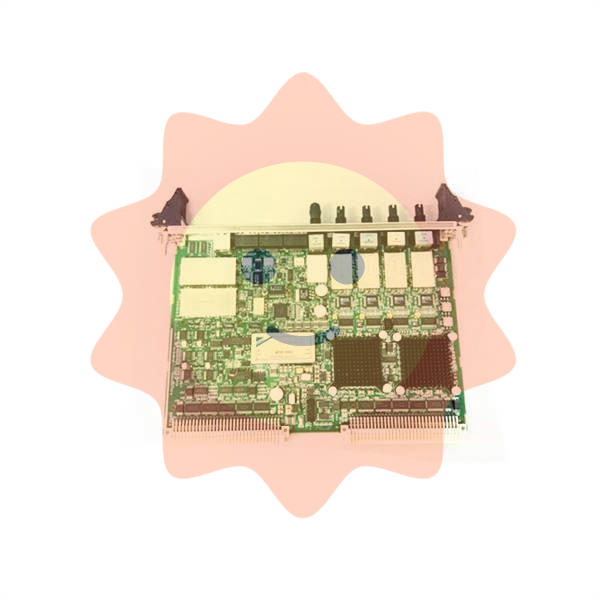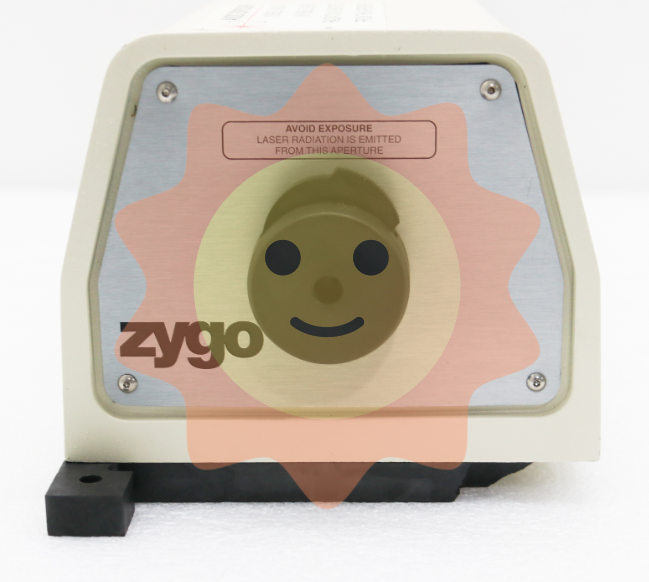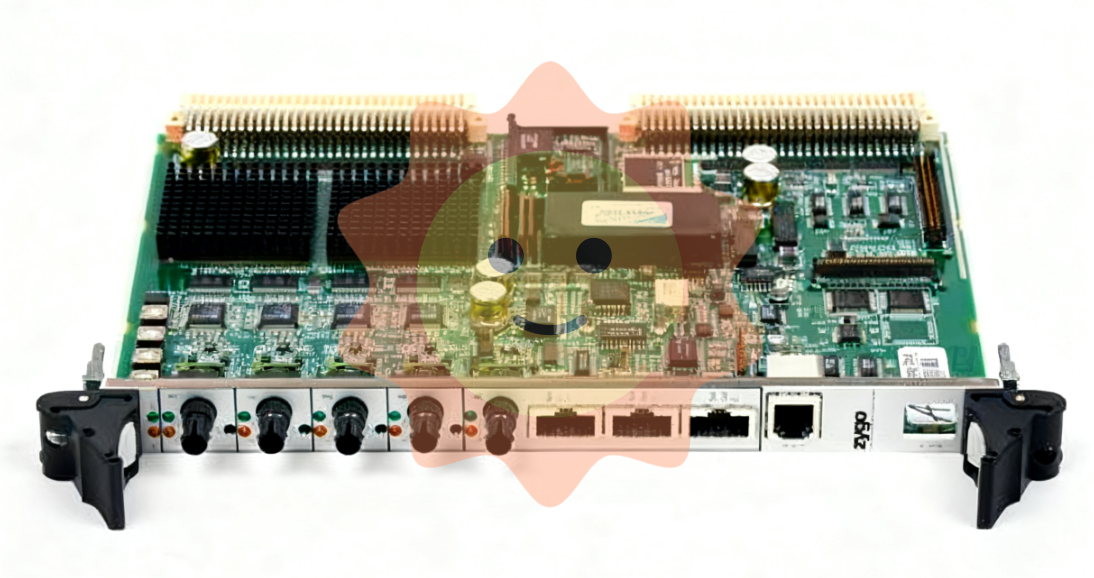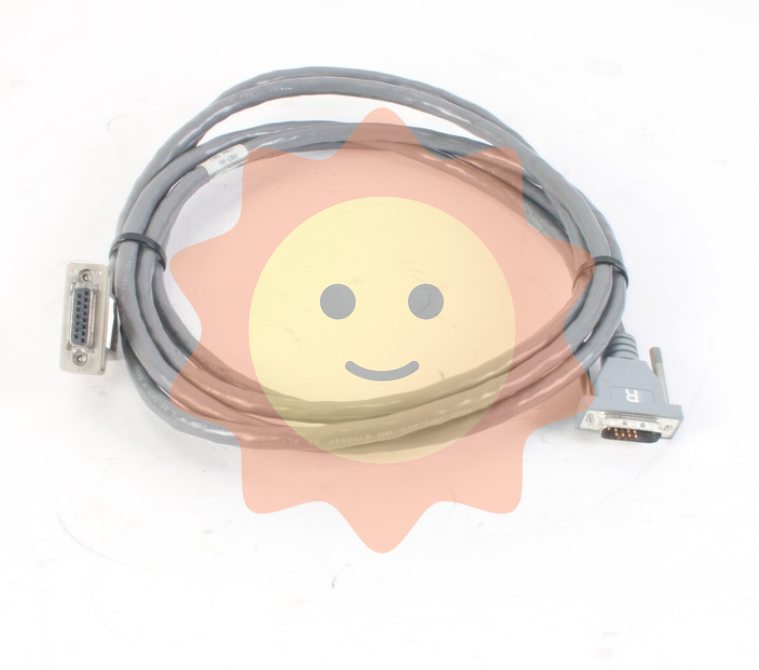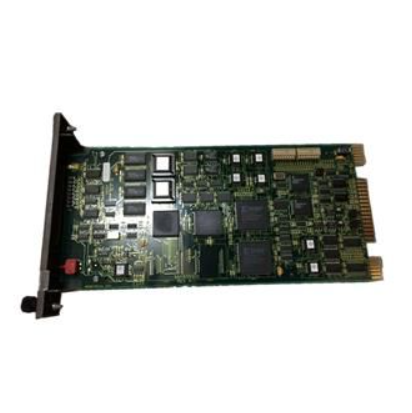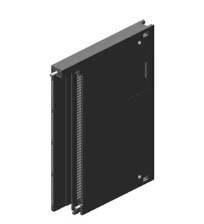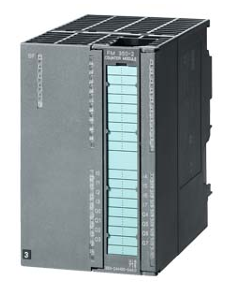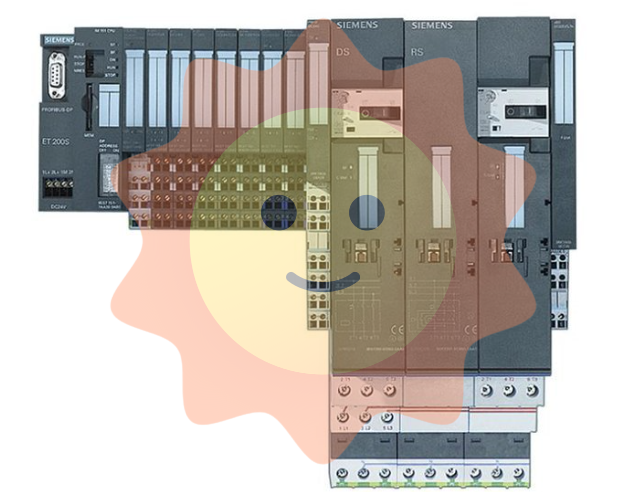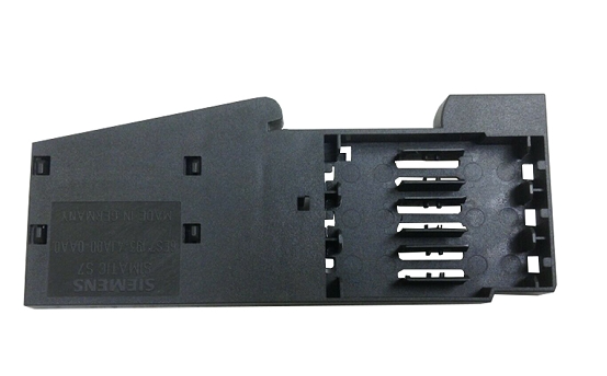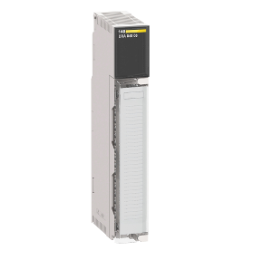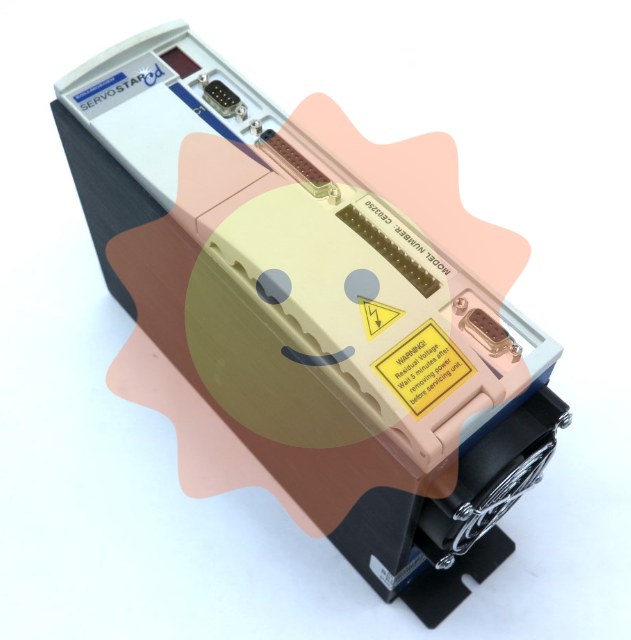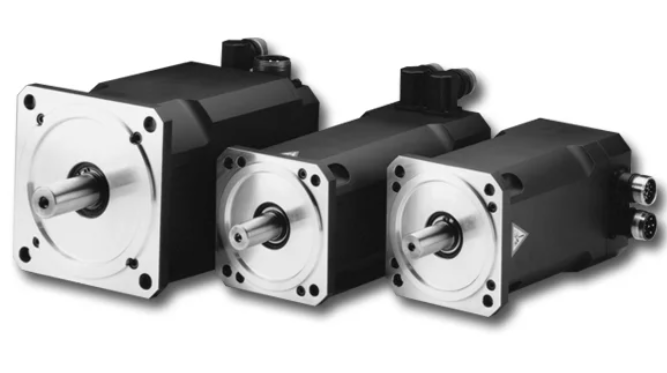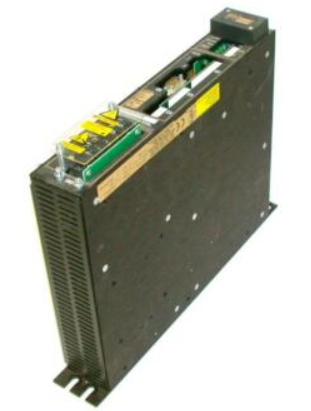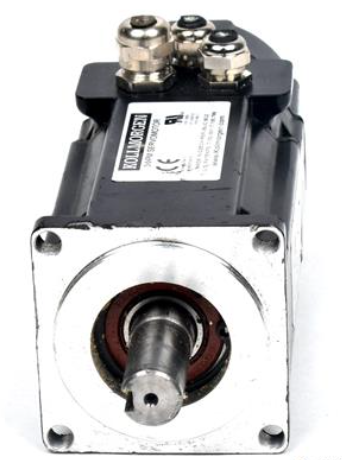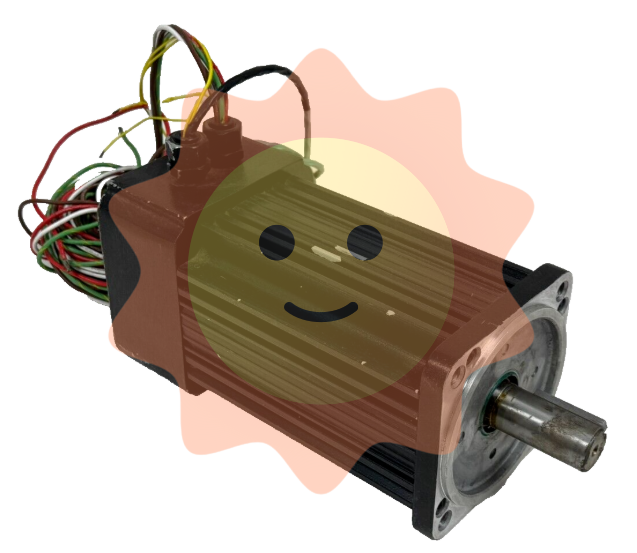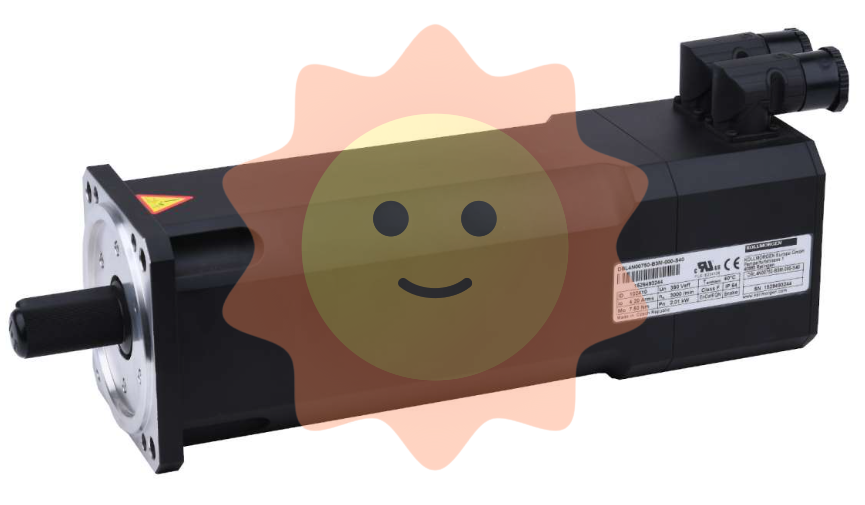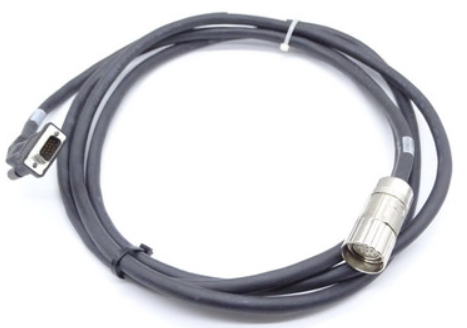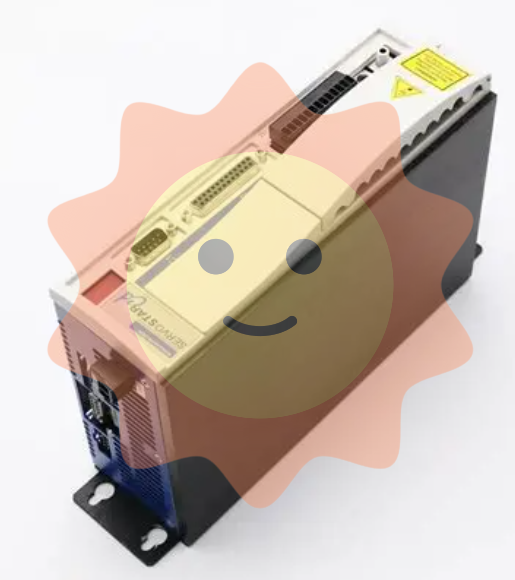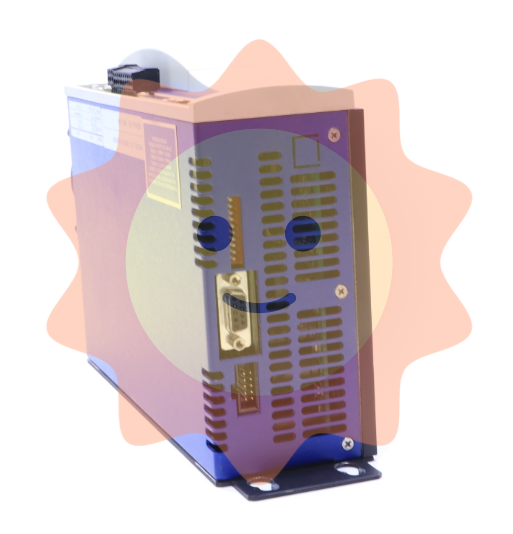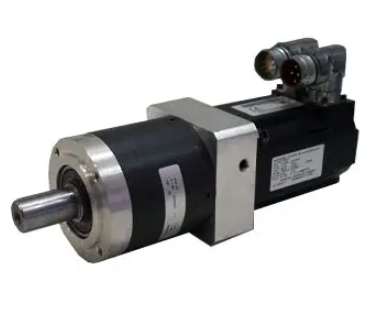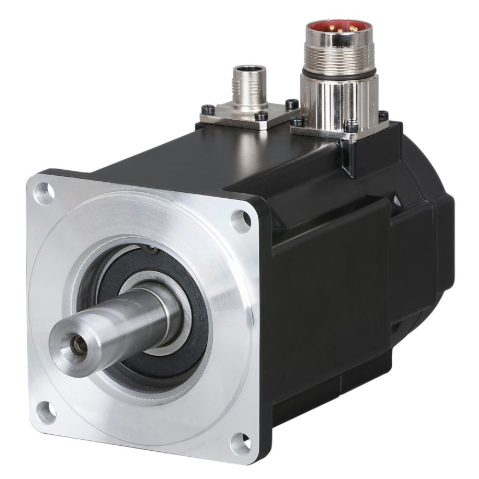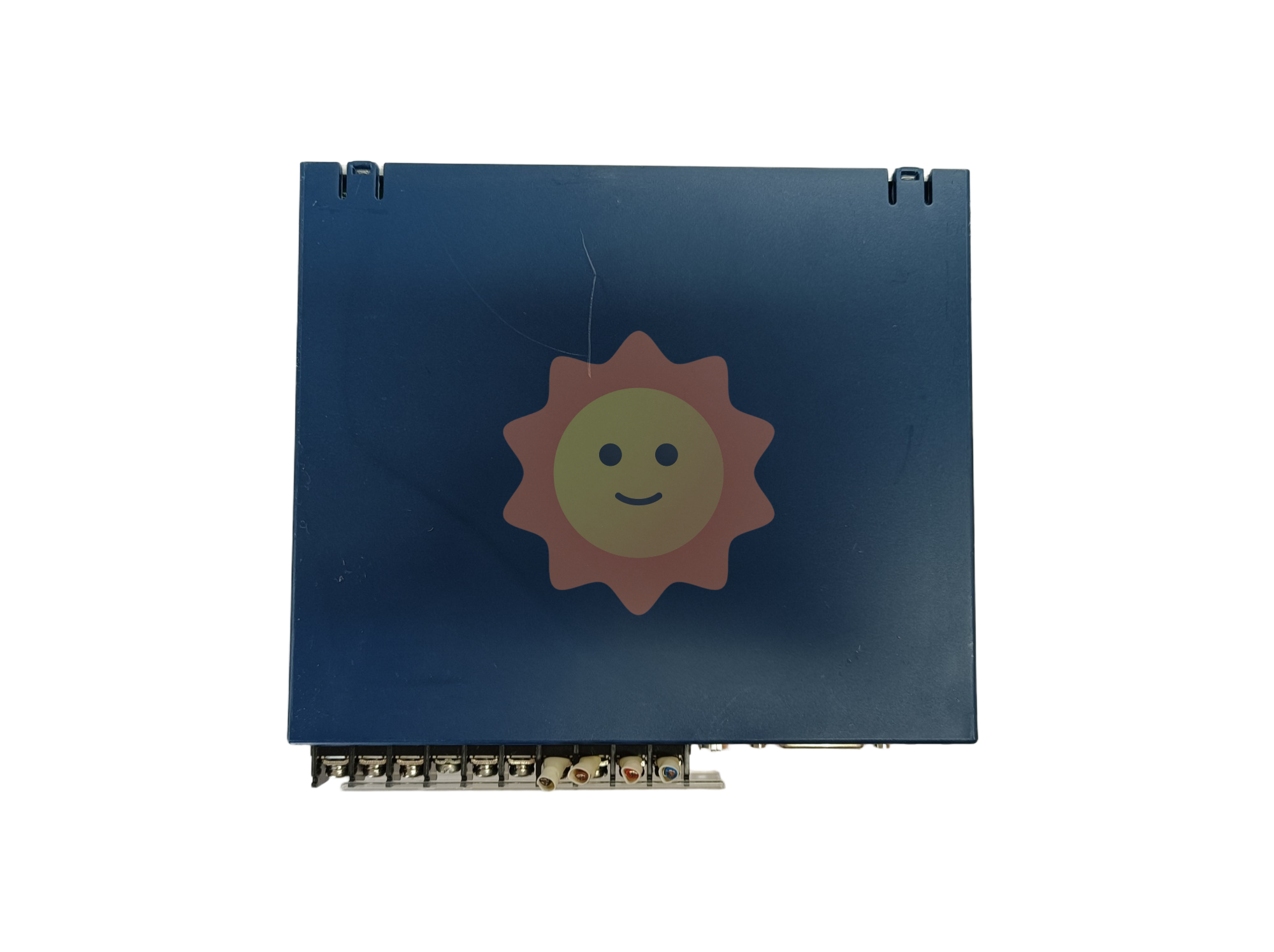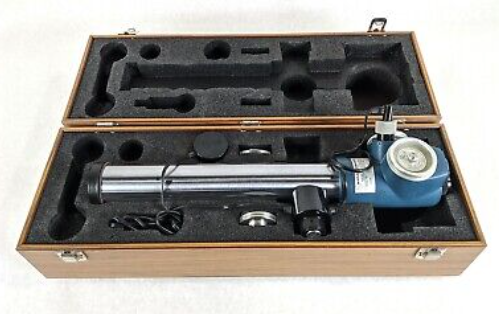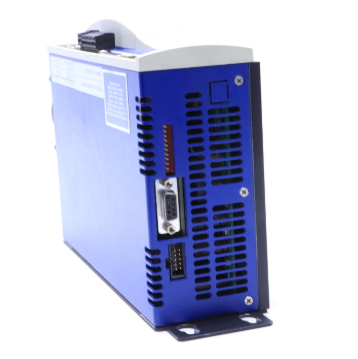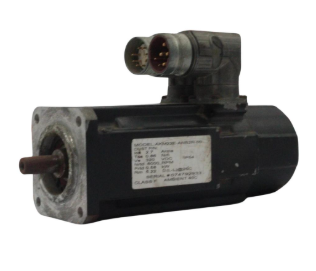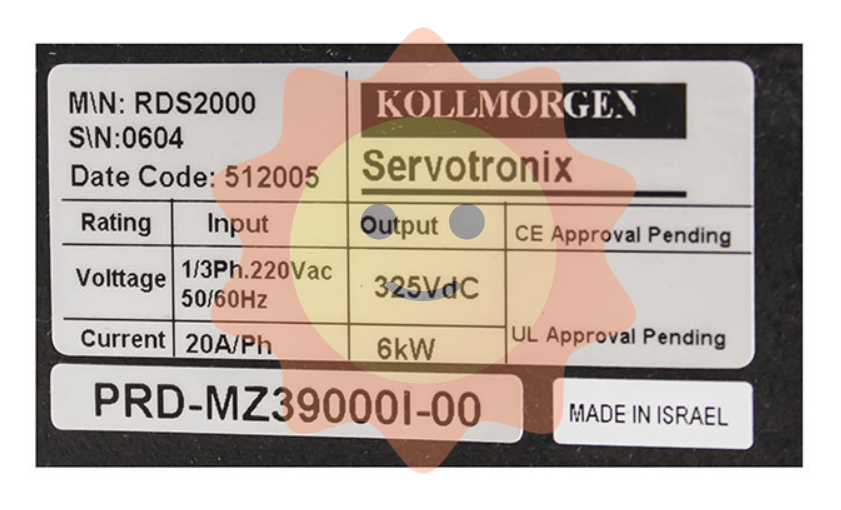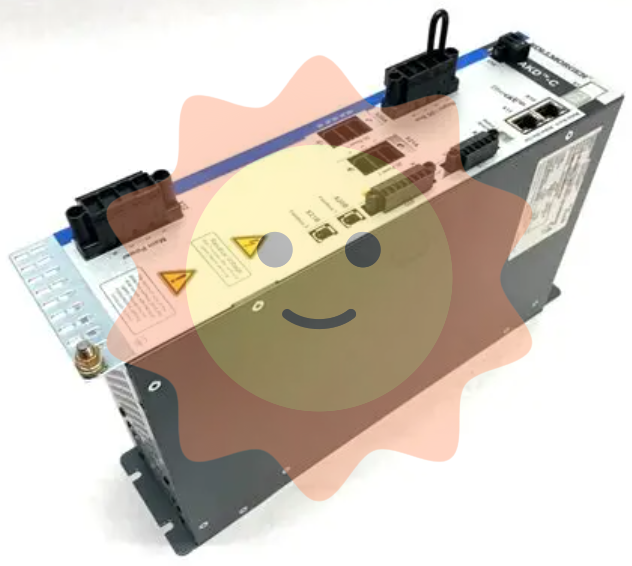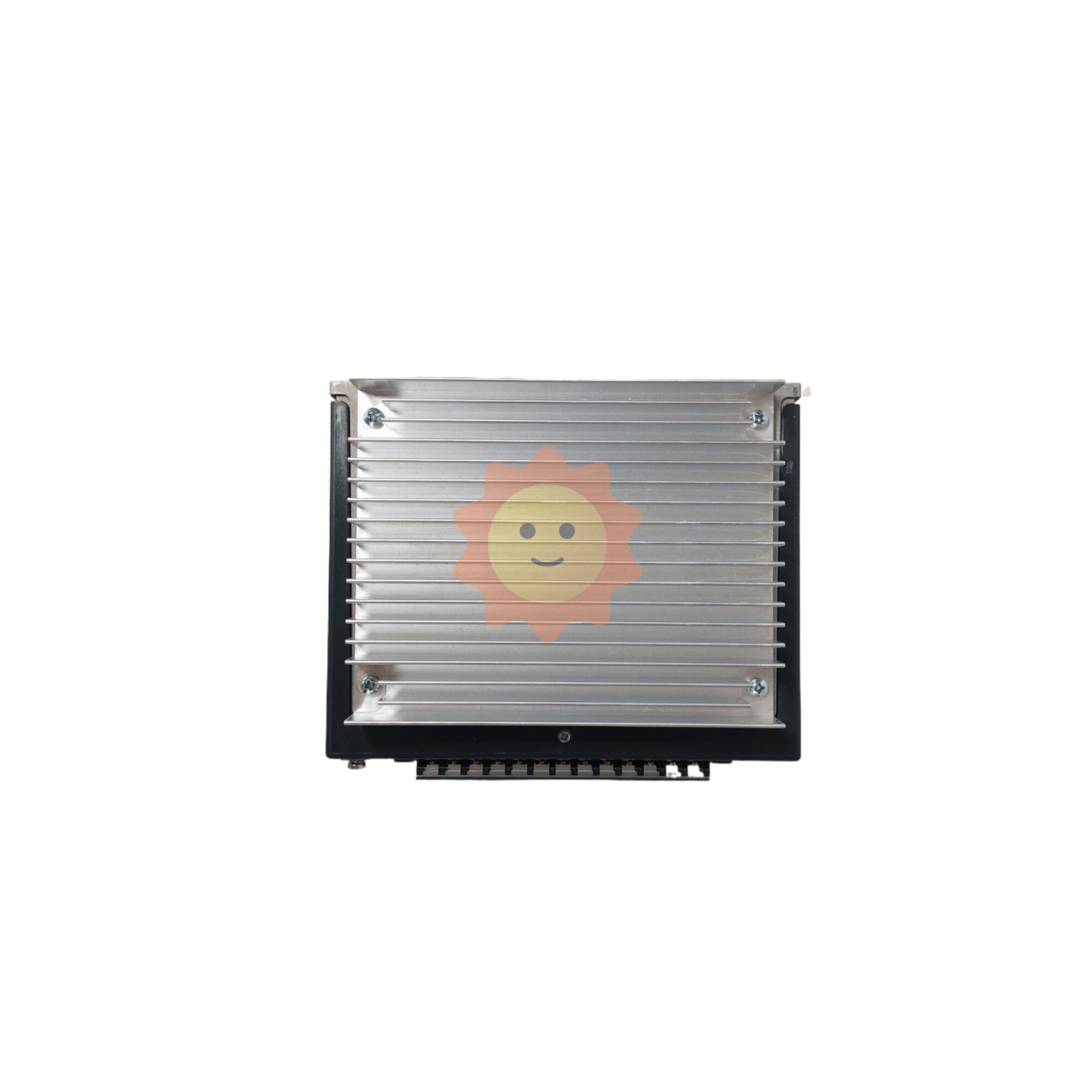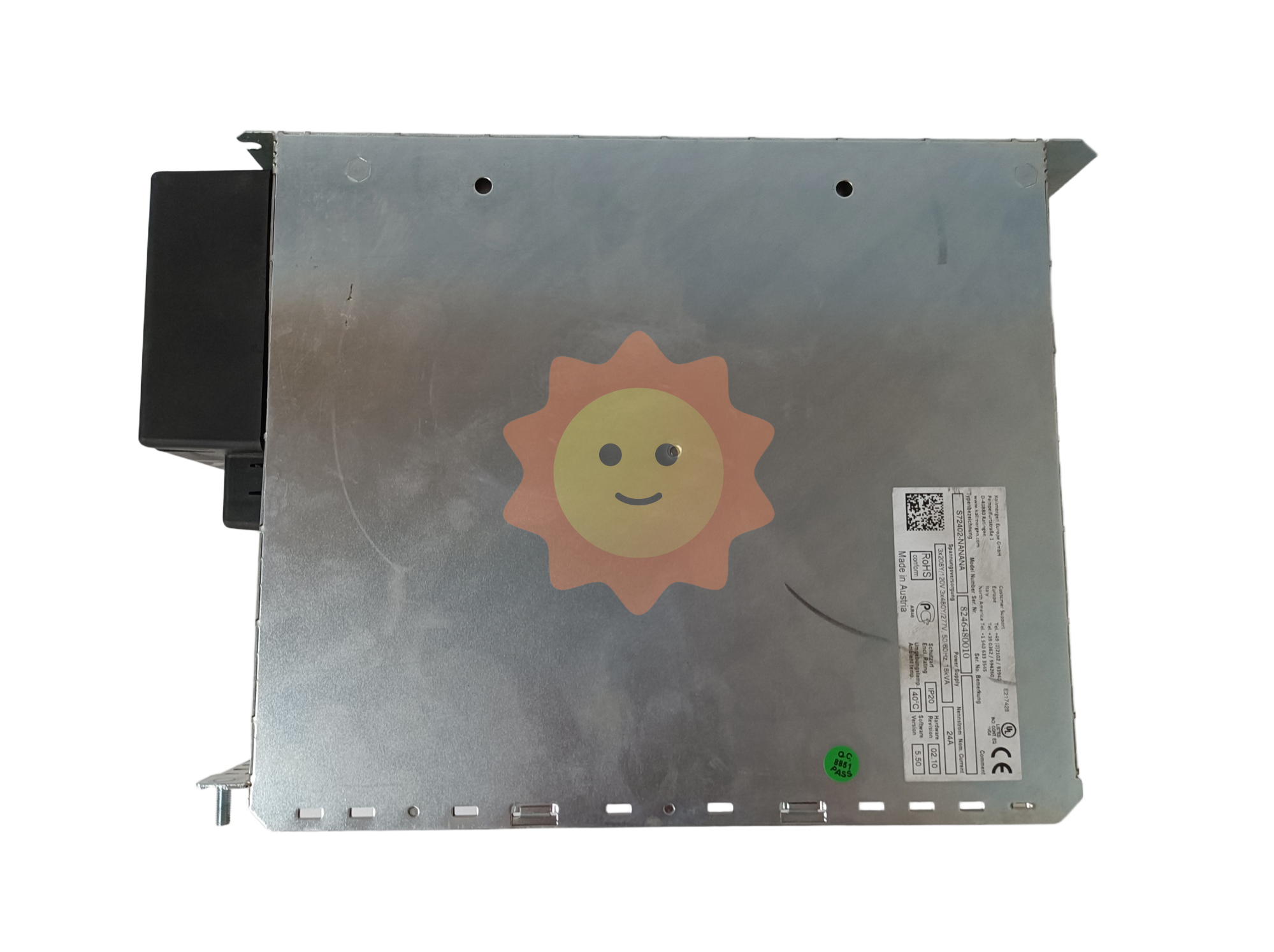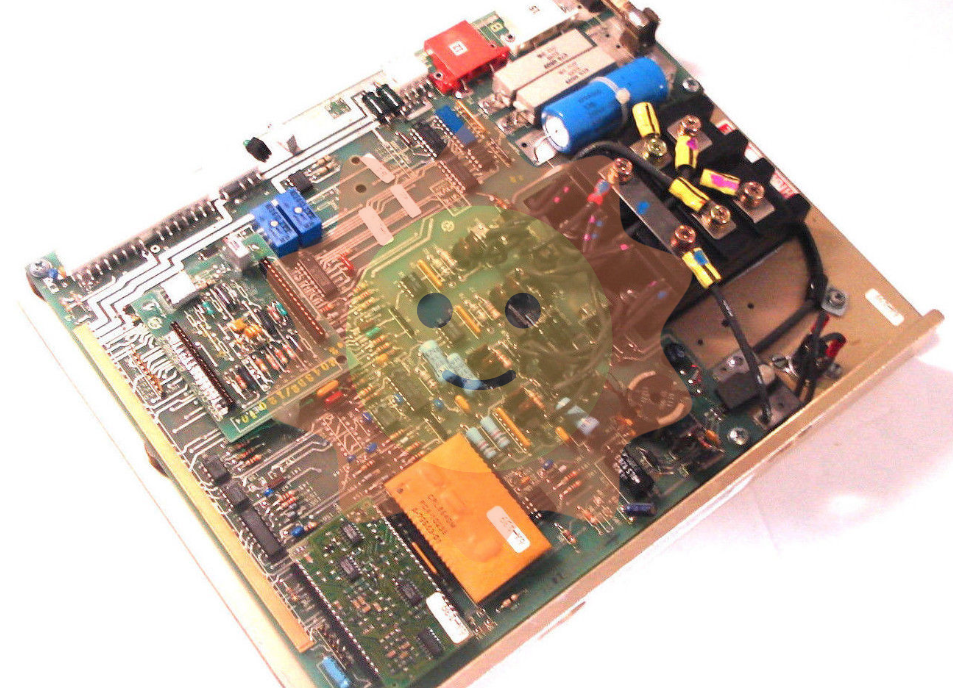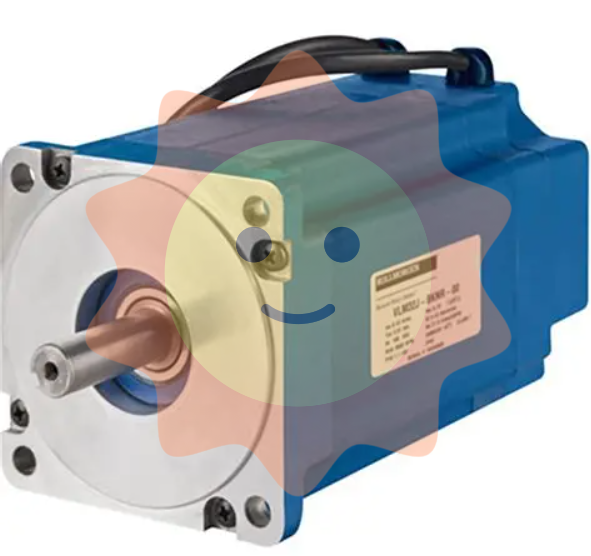A 40-year historical review of the foundation stone of the new Chinese chemical fiber industry
Organization and leadership. From 1949 to 1972, the state invested a total of 7.325 billion yuan in the textile industry, mainly for the construction of cotton spinning industry. The total investment of 7 billion yuan in the "four chemical fibers" is mainly used in petrochemical plants.
In February 1973, the Ministry of Light Industry set up a complete set of equipment import office known as the "small textile Department", responsible for the "four chemical fiber" project of foreign negotiations, planning, infrastructure and production preparation, Vice Minister Jiao Shanmin served as director. From 1958 to 1964, Vice Minister Jiao served as the secretary in charge of industry in the Secretariat of the Gansu Provincial Party Committee, during which he was familiar with Comrade Lin Hua, the pioneer of China's petrochemical industry, who was the deputy manager and chief engineer of Lanzhou Chemical Industry Company. Lin Hua proposed in 1961 that technology and equipment should be introduced to transform coal and grain chemical industry into petroleum chemical industry as soon as possible. In 1962, Premier Zhou listened to Lin Hua's report and approved the introduction of 12 sets of petrochemical chemical fiber equipment; The acrylic fiber plant with an annual capacity of 8,000 tons is one of them; As a result, Lanhua has become the first petrochemical base in China. Jiao transferred Lin Hua as deputy director of the Import Office at the beginning of 1974 and took over as director in 1975 to focus on the construction of "four chemical fibers". Lin Hua also brought 10 Lanhua technicians to provide important technical guarantees for the construction of the "four chemical fibers" with petrochemical equipment as the main body.

Lin Hua graduated from the Department of Chemistry of Shanghai Guanghua University in 1936, and joined the revolution in 1940. He was once a teacher of Yan 'an Academy of Natural Sciences and an engineer of Yan 'an Ceramic Glass Factory. Due to his outstanding work, he was honored as "A Class A Labor Hero" in the Shaanxi-Gansu-Ningxia Border Region in 1944. In 1981, he was appointed deputy Director of the State Planning Commission in charge of raw material industry. He was elected the first academician of the Chinese Academy of Engineering in 1994.
Project construction. The construction objectives of the "four chemical fibers" are as follows: (1) Shanghai Petrochemical Complex adopts the process route of crude oil as raw material and ethylene synthesis as the center, introduces Japanese technology and equipment, and builds a petrochemical chemical fiber integrated enterprise producing polyester, acrylic fiber, vinylon and high-pressure polyethylene resin; (2) Liaoyang Petroleum Chemical Fiber Plant adopts the process route of naphtha as raw material and aromatic extraction as the center, and introduces technical equipment from France, Germany, Italy, Japan and other countries to build large-scale factories producing polyamide, polyester and raw material resin; (3) Sichuan Vinylon plant adopts natural gas as raw material, acetylene, vinyl acetate and polyvinyl alcohol preparation as the center of the process route, the introduction of French and Japanese technical equipment, the construction of the production of Vinylon and raw material resin large-scale factory; ④ Tianjin Petrochemical Fiber Plant adopts the process route of naphtha as raw material and p-xylene preparation as the center, introduces technical equipment from Japan and Germany, and builds a large factory producing polyester chips and polyester staple fibers.
Shanghai Petrochemical Complex, also known as "Jinshan Project", began construction in early 1974. By the first half of 1975, the civil works of six production plants were basically completed; All technical equipment is in the installation or test state; The supporting 10,000-ton dock, Huangpu River Bridge, 43 kilometers of special railway lines, 25 kilometers of oil pipelines and other public facilities have been basically completed, and the living area is at the peak of construction. In June 1975, after a second inspection and a high degree of affirmation, he asked The State Council to do two things: first, to introduce the Jinshan experience, and second, to find out what problems still need to be solved. In August 1975, The State Council held an on-site meeting at the Jinshan construction site. Vice Premier Gu Mu chaired the meeting and asked all infrastructure projects in the country to learn from the Jinshan experience. The Jinshan Conference greatly promoted the progress of the construction of the "four chemical fibers". In July 1977, Jinshan Project opened up all the production processes of ethylene, propylene and polyester, and produced qualified products. After a year of trial operation, it passed the national acceptance and put into operation in December 1978.
Sichuan Vinylon plant started in August 1973, more than 30,000 people participated in the construction; In June 1980, the equipment was introduced to complete commissioning, and qualified products were produced. In May 1983, the equipment passed the national acceptance and was put into production.
- EMERSON
- Honeywell
- CTI
- Rolls-Royce
- General Electric
- Woodward
- Yaskawa
- xYCOM
- Motorola
- Siemens
- Rockwell
- ABB
- B&R
- HIMA
- Construction site
- electricity
- Automobile market
- PLC
- DCS
- Motor drivers
- VSD
- Implications
- cement
- CO2
- CEM
- methane
- Artificial intelligence
- Titanic
- Solar energy
- Hydrogen fuel cell
- Hydrogen and fuel cells
- Hydrogen and oxygen fuel cells
- tyre
- Chemical fiber
- dynamo
- corpuscle
- Pulp and paper
- printing
- fossil
- FANUC
- Food and beverage
- Life science
- Sewage treatment
- Personal care
- electricity
- boats
- infrastructure
- Automobile industry
- metallurgy
- Nuclear power generation
- Geothermal power generation
- Water and wastewater
- Infrastructure construction
- Mine hazard
- steel
- papermaking
- Natural gas industry
- Infrastructure construction
- Power and energy
- Rubber and plastic
- Renewable energy
- pharmacy
- mining
- Plastic industry
- Schneider
- Kongsberg
- NI
- Wind energy
- International petroleum
- International new energy network
- gas
- WATLOW
- ProSoft
- SEW
- wind
- ADVANCED
- Reliance
- YOKOGAWA
- TRICONEX
- FOXBORO
- METSO
- MAN
- Advantest
- ADVANCED
- ALSTOM
- Control Wave
- AB
- AMAT
- STUDER
- KONGSBERG
- MOTOROLA
- DANAHER MOTION
- Bently
- Galil
- EATON
- MOLEX
- Triconex
- DEIF
- B&W
- ZYGO
- Aerotech
- DANFOSS
- KOLLMORGEN
- Beijer
- Endress+Hauser
- MOOG
- KB
- Moxa
- Rexroth


Email:wang@kongjiangauto.com


